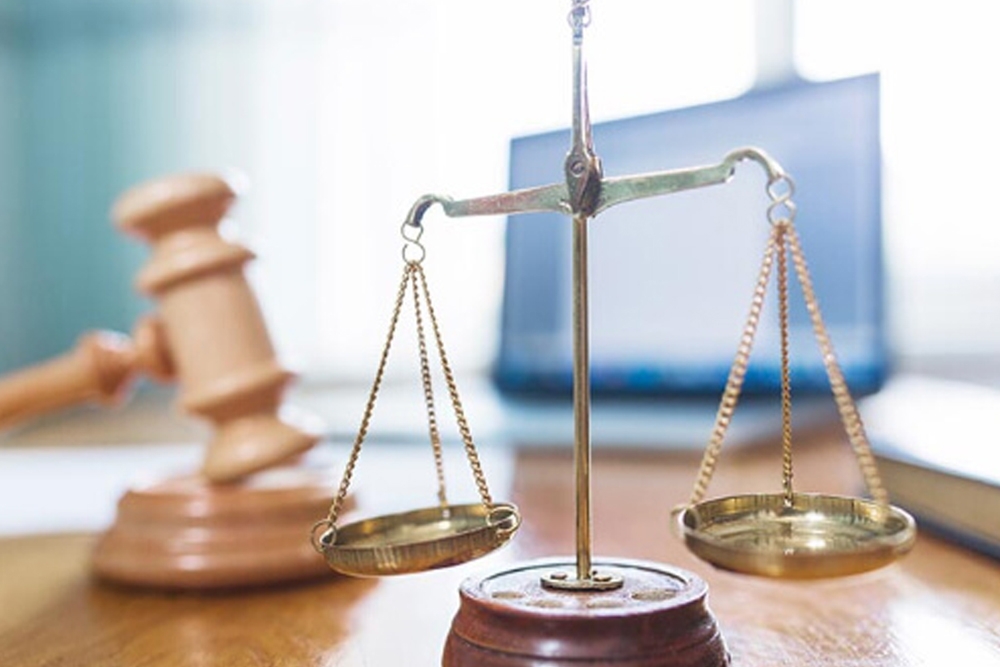Most Common Problem in Conversion Cases

Chapter 13 bankruptcy cases are often tenuous. The statistics for Chapter 13 cases are sobering: just over half of all Chapter 13 cases are confirmed; only about one in three Chapter 13 cases are successfully completed; and unrepresented Chapter 13 debtors have less than a 1% chance of success. That means that the vast majority of Chapter 13 cases are either dismissed or converted to Chapter 7.
There are a few landmines for the debtor when converting to Chapter 7. The most common problem centers on the debtor’s automobile. In a Chapter 13 case, the debtor is able to modify the payment terms for the vehicle. The debtor may pay the entire amount of what he owes in equal payments over the life of the bankruptcy case. To illustrate, if a debtor owes twenty more payments for a car, he could propose to pay the creditor in sixty payments and dramatically lower the monthly payment. In some cases the debtor may pay an amount less than the total outstanding debt.
A serious problem arises when the debtor stops paying the creditor directly, makes “lower” monthly payments to the Chapter 13 trustee, and later converts to Chapter 7. Upon conversion the automobile debt reverts to prepetition terms: the old contract interest rate and contract monthly payments. Ordinarily that means that the debtor is now seriously behind in his auto payment and is in default on the loan.
A Chapter 7 debtor has three bankruptcy options for a defaulted auto loan: (1) surrender the auto and discharge the entire debt; (2) reaffirm the debt with the lender; or (3) redeem the auto for its fair market value. A fourth option, pay the arrearage current, may be available in some jurisdictions.
Surrender obviously means that you now no longer have your automobile. How long surrender takes depends on a number of factors and you may get to drive the car for several weeks or even months. You are responsible for care and insurance on the vehicle until the lender takes possession.
Reaffirmation is simply continuing the debt after bankruptcy. Reaffirmation is difficult when you are seriously behind on the loan payments. Some courts may refuse reaffirmation if you are not current on the payments. Because the terms of the original contract may be changes by agreement in a reaffirmation, a common tactic is for the debtor and creditor to declare that the loan payments are current within the proposed reaffirmation agreement
The debtor may redeem the vehicle by paying the fair market value in one lump sum, and any remaining deficiency balance is discharged at the end of the Chapter 7 case. This often requires a new, non-bankruptcy loan to obtain the money to fund the redemption. Your attorney can put you in contact with finance sources for redemption, which may lower your monthly payment over the same contract period.
The decision to convert your bankruptcy case to Chapter 7 is only a step on the road to financial recovery. A successful conversion requires planning and strategy. If your circumstances have changes and need to convert your case, speak with your bankruptcy attorney as early as possible.
